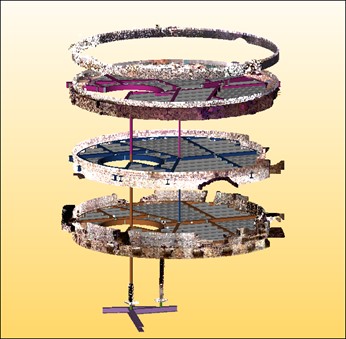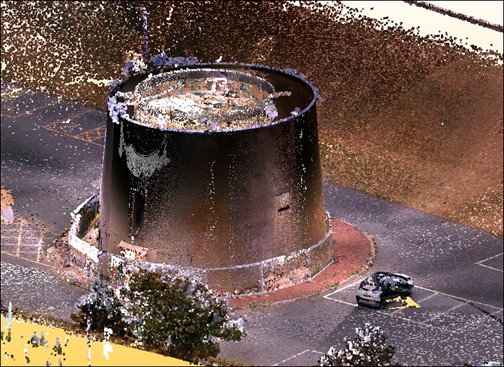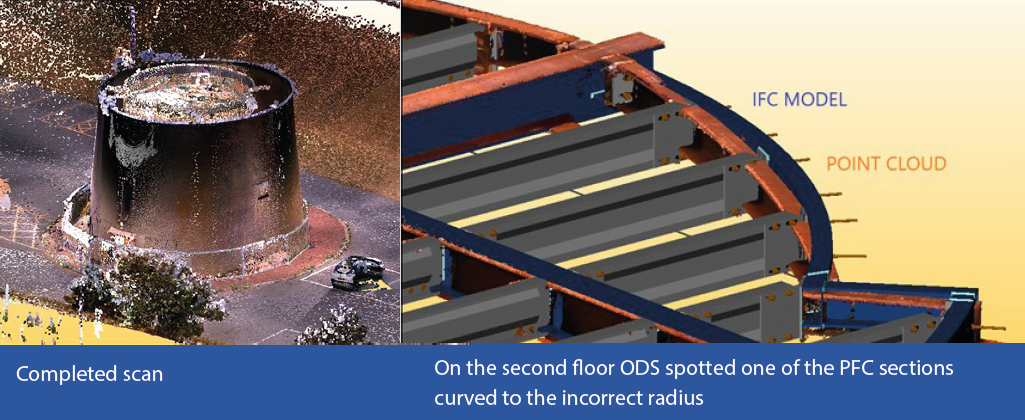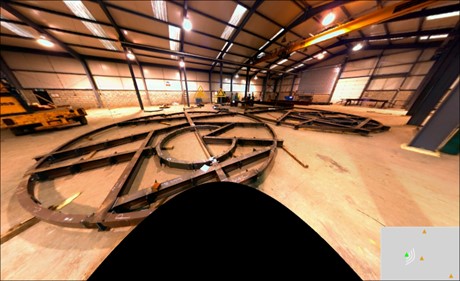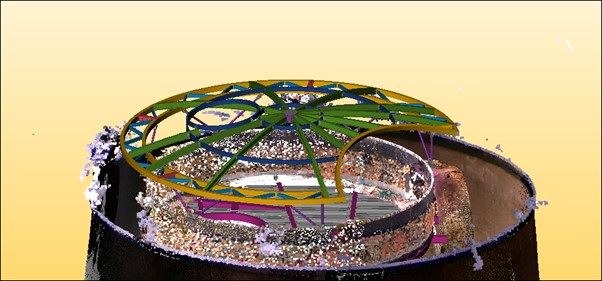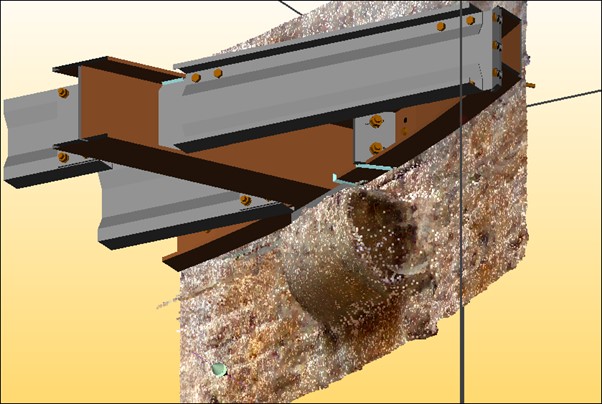Today (21st September) marks 1 year since the launch of BuildingPoint UK & Ireland.
So what better time to look back at all what we’ve achieved over the past 12 months?
First things first, who are we?
Although BuildingPoint may be 1, we trace our history back much longer than this! Before September 2022, you probably knew us as KOREC Construction – the digital construction division of KOREC Group – one of the world’s largest and most successful Trimble distributors.

In order to better serve the UK & Ireland’s construction sectors, we made the decision to rebrand to BuildingPoint – joining an existing global family of over 20 BuildingPoint companies from across the USA, Australia and Europe. This closer collaboration with our partners allows for knowledge-sharing and best-practice – benefits which we pass onto you, our customers!
We’ve Grown…
Starting off with just 2 team members (Sam Hough & Kevin Colwell), our team has expanded rapidly to deal with increasing demand.
We’re proud to introduce our whole team to you;
- Sam Hough, BuildingPoint UK Business Manager
- Kevin Colwell, BuildingPoint Ireland Business Manager
- Abel Varela Abelleira, Senior Applications Engineer
- Dan Lincoln-Barnes, BuildingPoint technical support
- Jack Robison, BuildingPoint sales consultant
- Kevin Kinahan, Senior Applications Engineer
- Enda Fox, Technical Support & Training
Why not connect with them on LinkedIn to access all the latest hints, tips, and product updates

We’ve got the Greatest Solutions
Thanks to our close partnership with Trimble Construction Field Technology, we’ve access to the latest, greatest and most efficient digital construction solutions, spanning layout, floor flatness verification, clash detection and as-built model creation. These include two solutions recently launched – the Trimble X9 laser scanner, and the Trimble Ri robotic total station. Not even to mention Spot the robot dog!
We’re Getting Involved
We want to be an active member of the digital construction sector, driving innovation and increasing productivity right through the construction process. Which is why we’ve got involved in a number of industry bodies, including;
The Finishes & Interiors Sector – we’re a proud supporter of this not-for-profit organisation that represents the £10 billion FIS sector. See all the members here.
Supporters of BE-ST (Built Environment – Smarter Transformation), providing training time & materials – allowing BE-ST to provide fully-funded training in digital construction skills and technologies for educators and SMEs across Scotland.

We’re Winners!
Unsurprisingly, Trimble’s cutting-edge solutions are already garnering awards and praise from the industry. Spot the Dog won the ‘Best use of Digital Technology in a Construction Project’ at the 2022 Construction Computing Awards – alongside customer BAM Nuttall.

Our solutions are once again shortlisted in the 2023 awards including for Product of the Year (Trimble X9), Construction Software (Trimble Connect), and Channel Partner of the Year (BuildingPoint!). See the whole shortlist and vote for your winner, here.
We’re Looking Ahead
Far from resting on our laurels, we’ve got exciting plans for the coming months. In October we’ll be hosting our own event focussing on the FIS membership, and how our innovative solutions can turbo-charge their on-site efficiencies. These include replacing outdated, inaccurate and slow tape measures with quick, repeatable digital setting out.
The following month, November, we are excited to be collaborating with our Trimble digital construction partners on a 4-day, online webinar course that covers every single stage of the digital construction process, and how Trimble has a solution for each and every stage.
Our partners in this exciting endeavour include;
Make sure you’re following our social channels (links at the bottom of the page) for more on these upcoming events and how to take part.
BuildingPoint UK & Ireland are proud to supply the highest quality Trimble surveying equipment and BIM solutions to the construction industry.
Our mission is to empower you to measure, map and manage the natural and built environment with ease. If you have any questions about BIM technology and software, or you’d like to hire Trimble survey equipment, our knowledgeable team is always on hand to help, just get in touch!


